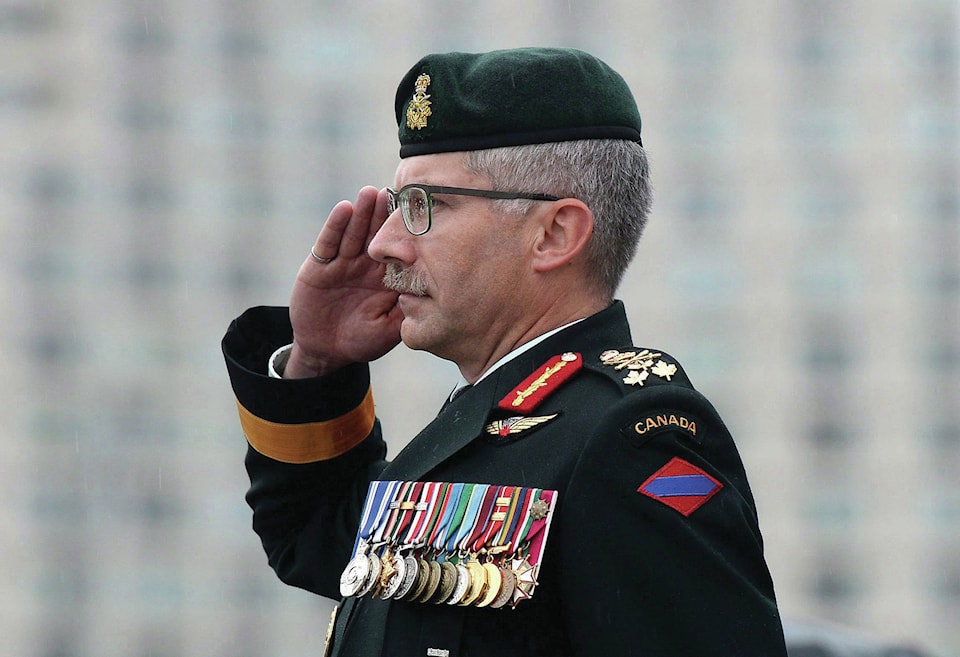OTTAWA — Canadian Army commander Lt.-Gen. Paul Wynnyk is hoping the federal government’s new defence policy means the days of pinching pennies to properly train his soldiers are finally in the past.
Much of the attention around the Liberals’ defence policy has focused on the large amounts of money promised for new equipment such as fighter jets and warships.
The army will benefit from this bonanza, with new air-defence weapons and logistical vehicles among the extra $62 billion that the government has promised for the Canadian Forces over the next 20 years.
But what has Wynnyk most excited is that the government has — for the first time — promised to train Canada’s soldiers to what he considers the required level.
“Throughout the years, when I look back at my career, we haven’t always had a government promise or a government commitment to do that, and by extension the funding to do that,” Wynnyk told The Canadian Press.
“So I think that’s an incredibly important thing that was included in this defence policy, which we haven’t necessarily seen in the past.”
The defence policy specifically states that training to what is known as the “brigade-group level” is the minimum required to be able to conduct large military operations that include non-army units and allies.
Yet funding hasn’t always been available to train to that level, especially following the end of the combat mission in Afghanistan and deep spending cuts under the Harper Conservatives starting in 2012.
The army managed to keep training at the brigade-group level, Wynnyk said, but “it was almost on an ad hoc-basis in terms of cobbling together the funding, having to borrow from one area to go to another.”
One of the areas from which money was drawn? Infrastructure, which has been historically underfunded across the Canadian Forces because of a shortage of funding in other priority areas.
“We had to make hard choices,” Wynnyk said. “We didn’t cut on (training), but we had to skimp and penny-pinch in a number of areas to make sure that that continued.”
The army commander also has high hopes for the future of the military reserves, which are facing a dramatic overhaul after struggling with a shortage of people and equipment for years.
The fate of the part-time force is especially important to Wynnyk given that between 65 and 70 per cent of its members belong to the army reserve, which plays a huge role in virtually all army operations.
The Canadian Forces is supposed to have 28,500 reservists, but the actual number has been thousands less because of problems with recruiting and retention.
The defence policy calls for the reserve force to be expanded to 30,000, as well as shorter recruiting times and four years of guaranteed summer employment to keep them in uniform.
Wynnyk, who started his own 36-year career as an army reservist, is hoping those changes will reverse what had become a steady decline in the size of the part-time force in recent years.
